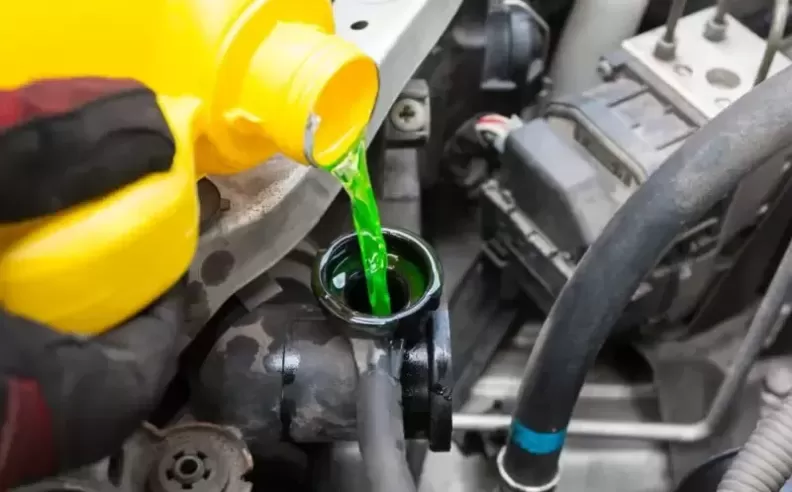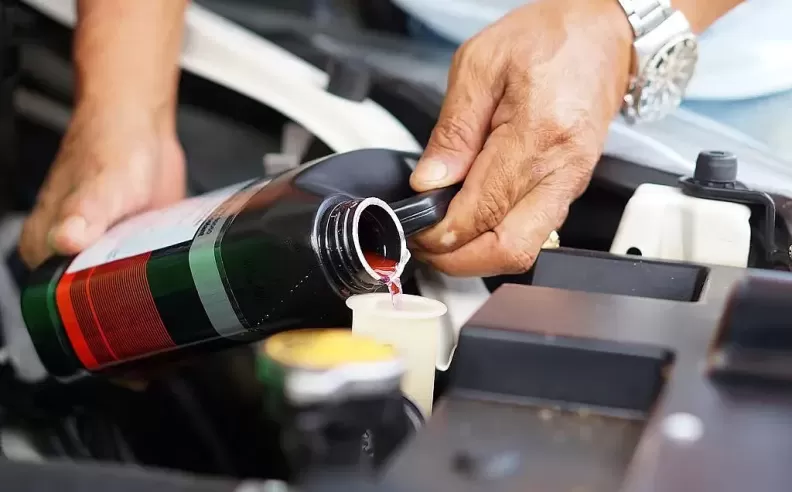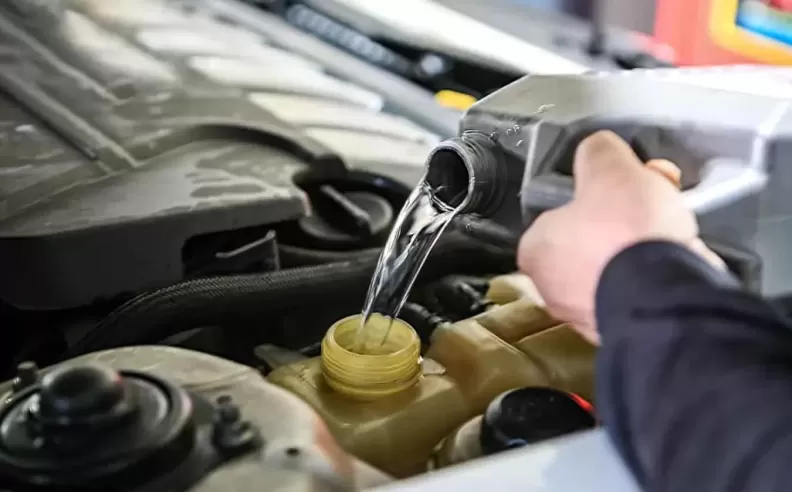
Your car's radiator plays a crucial role in maintaining its optimal temperature, preventing overheating and potential damage to the engine. One essential component of the radiator system is the coolant or radiator water, which circulates through the engine and helps dissipate heat. When it comes to choosing the right radiator water for your car, you'll often come across options like green, red, or even mineral water. In this article, we'll explore the differences between these options and guide you towards making an informed decision.

Green coolant, also known as traditional or conventional coolant, contains a mixture of ethylene glycol or propylene glycol, water, and additives. It is typically green in color but can sometimes be blue. This type of coolant is commonly used in older vehicles and is compatible with copper and brass radiators.
Pros:
Cons:

Red coolant, also known as extended-life or long-life coolant, is formulated with organic acid technology (OAT) or hybrid organic acid technology (HOAT). It is commonly used in newer vehicles and can be either red or orange in color.
Pros:
Cons:

Mineral water, or distilled water, is not a coolant by itself but can be used in conjunction with coolants as a diluent or in emergencies. It is free from minerals and impurities, making it less likely to cause scale or corrosion buildup within the radiator system.
Pros:
Cons:
Choosing the right radiator water for your car ultimately depends on factors such as your vehicle's age, manufacturer recommendations, and your budget. If you own an older vehicle with a copper or brass radiator, green coolant may be a suitable choice. For newer vehicles with aluminum components, red coolant provides better protection against corrosion. However, always refer to your car's manual or consult a professional to ensure compatibility.

Wael is an automotive content writer specializes in creating written content for Motor 283. Producing a wide range of content, including blog posts, articles, product descriptions, reviews, and technical guides related to cars, trucks, motorcycles, and other vehicles, with an unprecedented passion for cars, and motorcycles.
